Challenging Negative Thoughts Worksheet
Worksheet published on August 14th, 2023
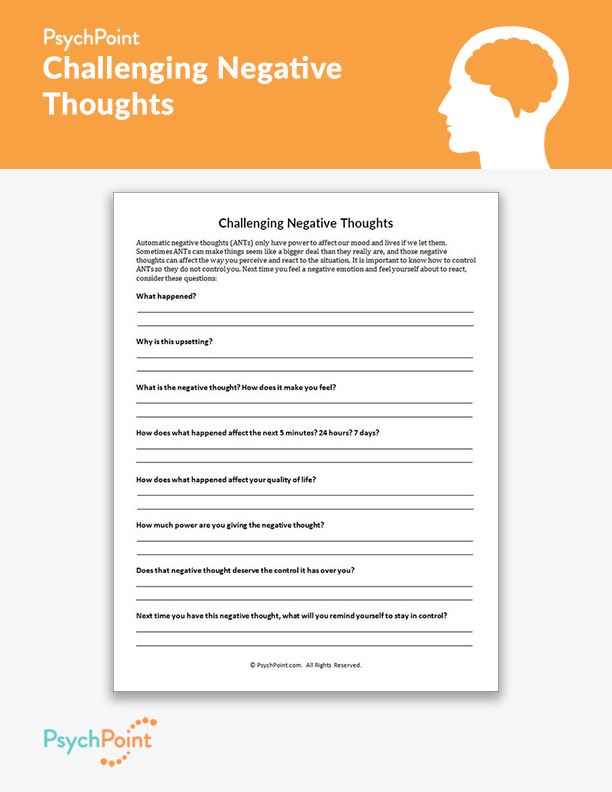
Therapists who are trained in cognitive-behavioral therapy (CBT) find value in teaching their clients how to cope with automatic negative thoughts (ANTs). ANTs can be catalysts for negative behavior like lashing out at others and self-destructive habits. They also cause negative emotions and hurt feelings that may not necessarily fit the situation that caused the ANTs. ANTs can negatively impact a person’s relationship with others and with themselves, so it is important for a client to understand what an ANT is and how it affects them.
If a client can identify and understand how ANTs can affect their perception of a situation and how it affects their life, they can learn coping skills to challenge negative thoughts. This can help with reducing the intensity of their reactions, like negative emotions and behavior.
ANTs can be tricky. They are patterns of thinking that can be difficult to identify and challenge in the moment of stress, but developing the skill of challenging negative thoughts can be an asset to the betterment of a client’s mental health.
About This Worksheet
This is the Challenging Negative Thoughts worksheet. This worksheet consists of a list of questions a client can ask themselves when they are having negative thoughts in reaction to an upsetting situation. Upsetting or challenging situations trigger ANTs, and they can cause a spiral of negativity. This can affect a client’s ability to handle a difficult situation healthily.
Challenging situations trigger ANTs, and ANTs can cause clients to interpret a situation as more hurtful than it was intended to be. This can cause reactive behaviors, insecurities, a loss of confidence, and other consequences. If the client lerans how to slow down and analyze how they are affected by the situation, they will be able to create a more balanced conclusion and take away some of the power that the negative thought has. This helps to prevent reactivity and emotional outbursts, along with self-defeating thoughts.
This worksheet can be helpful for adults who are dealing with emotional or behavioral issues. It can be used in individual and group settings that teach CBT skills. This worksheet can be applied to people struggling with different issues, including:
- Anxiety
- Depressed mood
- Borderline personality disorder
- Bipolar disorder
- Relationship issues
- Low self-esteem
- Stress
- Mood swings
- Trauma
- Social anxiety
Instructions
The Challenging Negative Thoughts worksheet consists of an introduction followed by self-reflection questions. The self-reflection questions have the client look at the triggering situation and consider how they are affected by their negative thought.
This worksheet walks the client through the process of considering whether the situation is worth the negative reactions they are experiencing. By answering the reflection questions, the client learns how to look at their reaction and consider how their negative thoughts are affecting them.
A client needs to be introduced to this worksheet with the guidance of a therapist, who can help explain what an ANT is and how it can affect a person. They can also guide the client through the list of questions and explain how they help challenge ANTs.
Background knowledge in CBT will be needed when explaining the process of this worksheet. When confident that the client understand the concept of ANTs, allow them time to complete the reflection questions, offering support and guidance as needed.

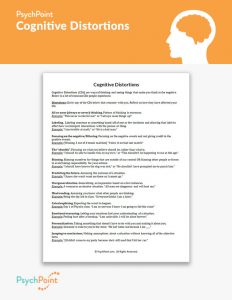
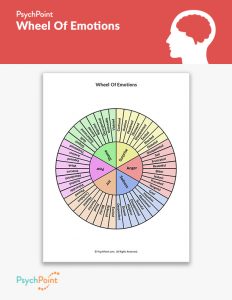
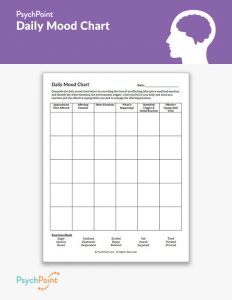
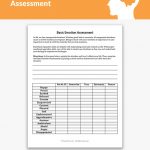
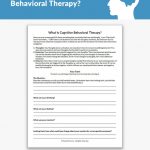
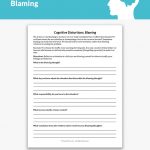
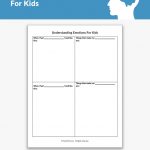
This is such a great resource! Thank you for creating it.
Your resources are so helpful! Thank you!!